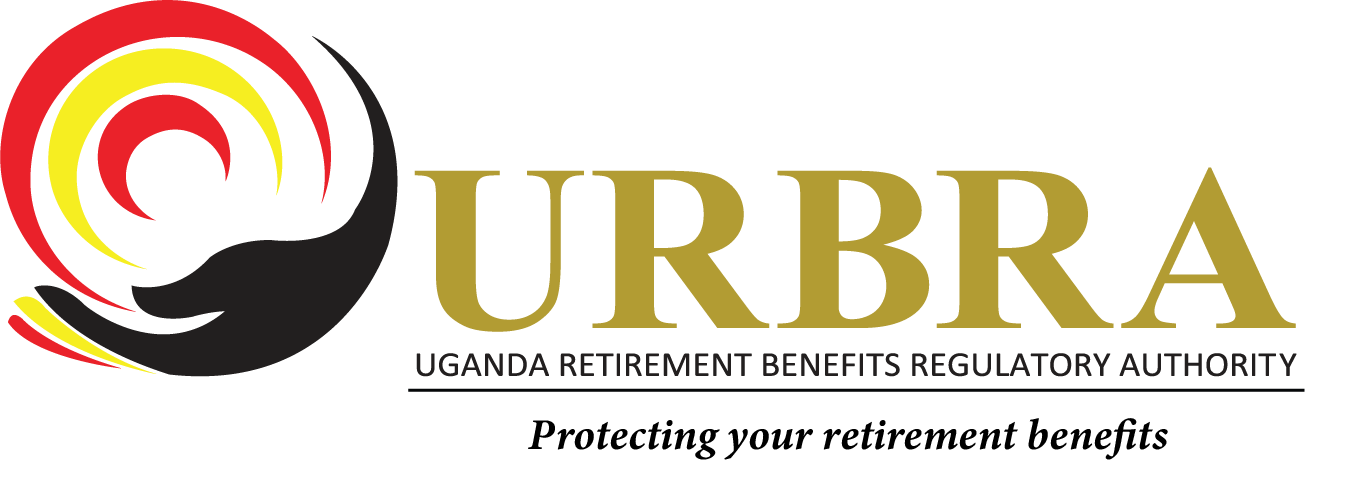Retirement Benefits Scheme can be classified in various forms as presented below:
1. Defined Contribution
In defined contribution schemes, each member is allocated an account in which contributions are deposited monthly, i.e. the employer’s and employee’s predetermined contributions and permitted additional contributions and returns earned by assets. Benefits are determined by accumulated contributions and are not guaranteed, and the employers financial obligation fixed. A member’s retirement benefits have a value equal to those contributions, net of expenses, accumulated in an individual account with investment return and any surpluses or deficits as determined by the trustees of the scheme.
2. Defined Benefit
A defined benefit (DB) Scheme is an arrangement where the benefits, which is ordinarily determined by the scheme rules, are defined in advance. Benefits are often related to the final salary and/or years of service of the employee.
The main risk for beneficiaries is the solvency of the employer so as to be in a position to meet the promised benefits.
3. Hybrid
Hybrid Schemes seek to combine features of DB and DC schemes in some way and can take a variety of forms. For purposes of categorization, hybrid schemes are DB schemes because of the promises they make to members.
The classification of schemes may also depend on the type of payment system used;
1. Provident Fund
Provident fund means a scheme for the payment of lump sums and other similar benefits to employees when they leave employment or to the dependants of employees on the death of those employees
Provident funds provide for only lump sum, which given the scheme rules, a member may use to purchase an annuity.
2. Pension Fund
These types of schemes provide for regular cash payments upon retirement. Depending on the scheme rules, members may be allowed to commute part of their pension into a lump sum payment and the balance is paid at regular agreed intervals.



